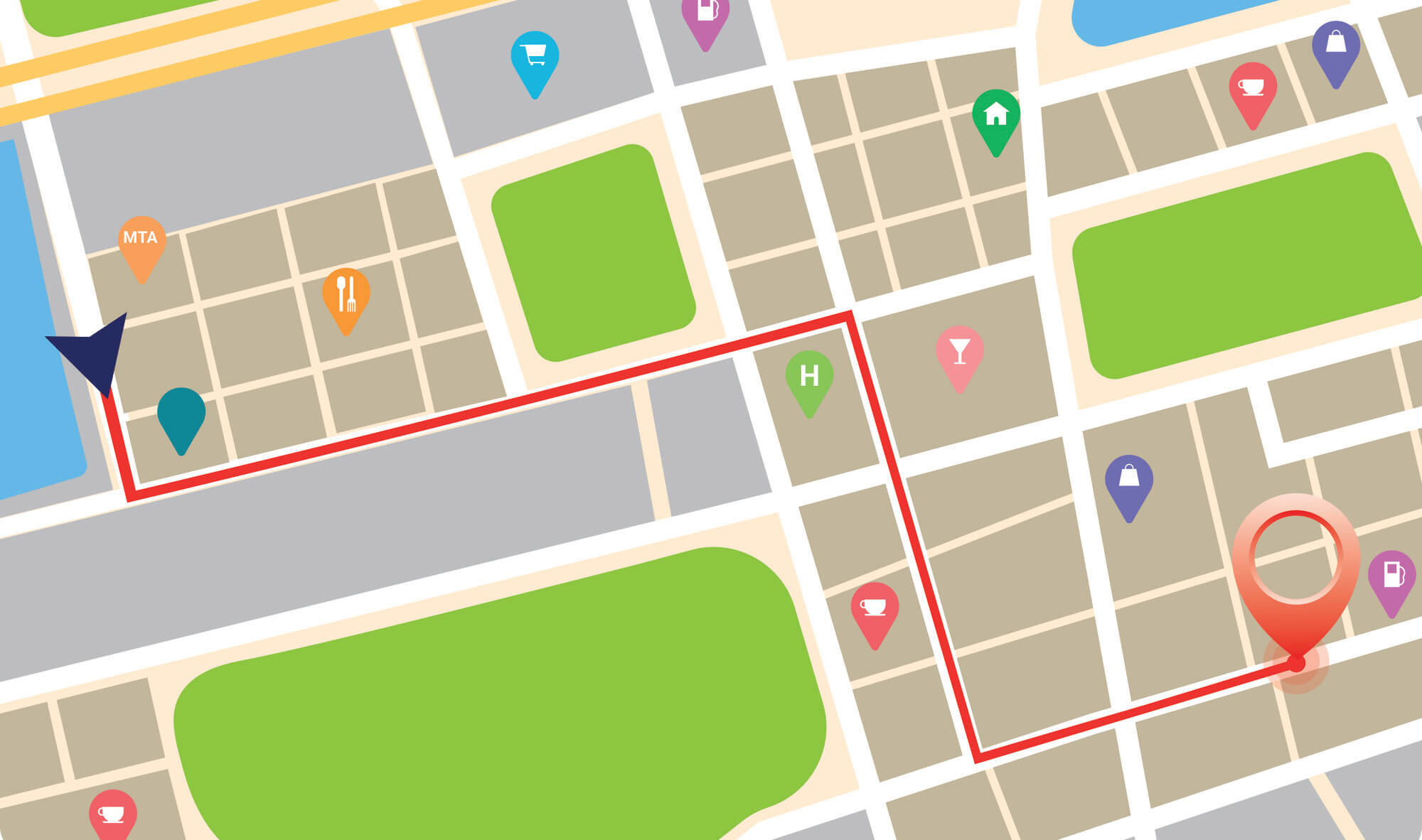John Hanke, MBA 96, brings the world into view

John Hanke, MBA 96, is the man who brought the globe to your web browser. He led the development of Google Earth, whose 3D views of satellite and streetscape imagery are consulted by diverse users ranging from motorists and military leadership seeking directions and topography information to scientists predicting disease outbreaks. Google Earth is the world’s most widely used geographic information system (GIS) service, with more than a billion people using its products, including Google Maps and Google Street View, every month. These days, Hanke is indulging his other passion: video games. He led Niantic Labs, Google’s in-house augmented reality gaming unit, then guided a split from the parent company and developed the game sensation Pokémon Go. Read on for his success story.
2001
Hanke co-founds Keyhole, a geospatial data visualization firm, where he develops an “earth browser” designed to be the “ultimate geographic reference platform.”
2003
The war in Iraq puts Keyhole on the map—with media coverage by CBS, 60 Minutes, Forbes, and more—for its ability to provide fluid 3D digital images, including close-ups of Baghdad. Keyhole now has more than 12,000 customers in sectors like real estate, engineering and architecture, media, and government. Investments come from Sony, Nvidia, and In-Q-Tel.
2004
Google acquires Keyhole for $35 million. As VP of product management for Google’s Geo division, Hanke leads the development of Keyhole into Google Earth a year later.
2005
Driving to your destination goes high tech, as Google Maps, a component of Google Earth, uses satellite imagery and aerial photography—along with real-time traffic conditions—to direct terrestrial travelers along the streetscape.
2008
A feature of both Google Maps and Google Earth, Street View is introduced to provide interactive panoramas of neighborhoods and throughways from across the planet. Images are collected using an innovative six-lens camera, usually mounted on a tripod atop a vehicle, capable of snapping 360-
degree photos.
2010
Hanke founds a skunkworks gaming division within Google called Niantic Labs.
2012
The seventh version of Google Earth includes 3D imagery and a tour guide who shows users famous landmarks. It’s the last update before the company makes the service free.
2015
Hanke spins off Niantic Labs from Google, taking the company independent.
2016
Pokémon Go is released. By 2023, it will have generated more than $4.2 billion in revenue. As for Google Earth, it launches in virtual reality, allowing users with a VR headset to stand atop Mount Kilimanjaro, fly like their favorite superhero over the Grand Canyon, or wander the streets of Tokyo.